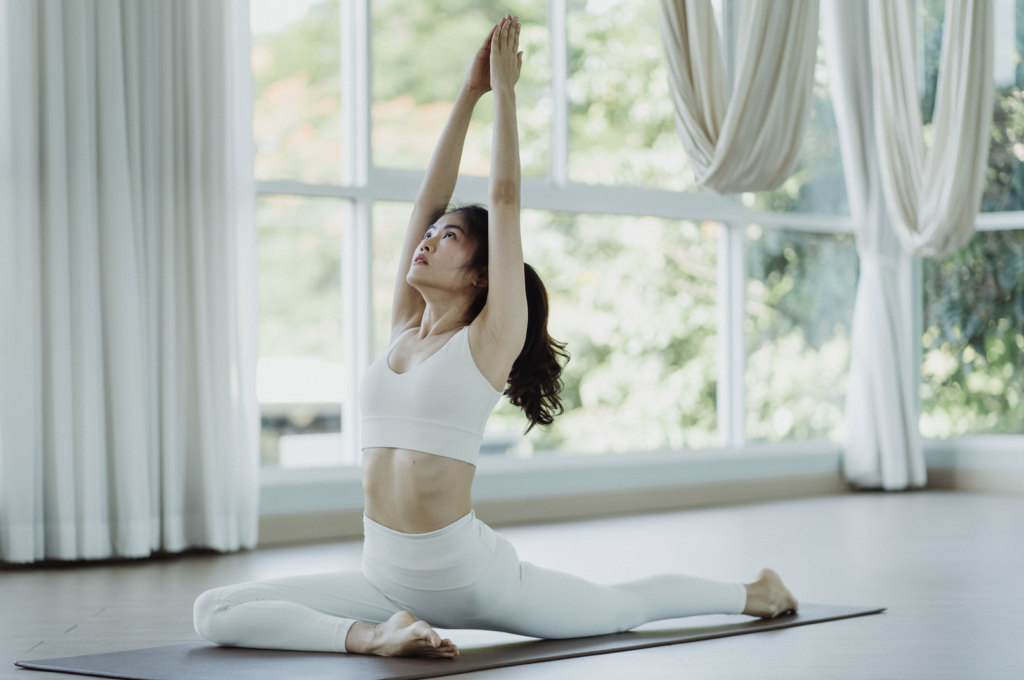
Stretching

Stretching is like other types of exercises need to be done properly and at the right time to be effective and to avoid injury. In its most basic form, stretching is a natural and instinctive activity, such as stretching after a good night’s sleep or after a long period of been sitting. There are four types of stretching modalities of stretching therapeutically and for physical fitness. Those are ballistic, dynamic, static proprioceptive neuromuscular facilitation.
The two most commonly used stretches are dynamic and static. Dynamic stretching is a walking stretch or the kind that involves in performing slow, controlled movements, through a full range of motion. Static is what we see most people do, by applying gentle tension to an area of the body and holding the position for 30 seconds or until a release is felt. Yoga falls in a mixed of static and dynamic, leaning more towards static.
Some of the general benefits of stretching include:
- Increased flexibility and joints range of motion
- Improved athletic performance
- Increase blood flow to the muscles
- Stress relief
Caution
Stretching prevention tips
- Do not stretch as a warm-up, prior to strength training or any other sport for example. Stretching loosens the tendons and ligaments and should be done after exercising when the muscles are warmed up.
- Don’t aim for the pain; if you are in pain, you are doing too much. Stretch to the point of feeling some tension and then hold the stretch for approximately 30 seconds.
- Avoid bouncing, keep a smooth tension throughout the entire stretch to avoid injuring the muscle.
- Incorporating some light and gentle movements to your stretches can increase sport specific range of motion. For example, if you were stretching for a karate class some Tai Chi or Qigong stretches may be a good idea.
- Use caution and adjust your stretches accordingly when stretching over injuries, in order not exacerbate and make the condition worse.
Yoga can provide beneficial stretches when done with caution and avoiding competitive performance. Beginners should avoid strenuous poses and stay within the safety guidelines mentioned above.
Body Design Formula prescription strength training system will enables you to regain 20% to 50% strength, make you look and feel 15 years younger and potentially lead you to a pain free life
I’d like the opportunity, if you’ll allow it, to become your accountability partner – and share with you the tools that I have acquired in the past 10 years, that have enabled me to become pain free, recover my health and stabilize my weight.
To get things started, I’d like to offer you the opportunity to get on the phone with me for a full 1 hour complimentary strategy session.
We’ll cover things like what you’re currently doing well, and what areas could use adjustment, along with recommendations of what to do immediately to get back on the path to health, fitness, and happiness.
Are you ready to 10X your life?
GREAT.
Sincerely,
Batista Gremaund
Book Your FREE Strategy Session Now
Click the button below to schedule a call with our team today.
Book Your Call





